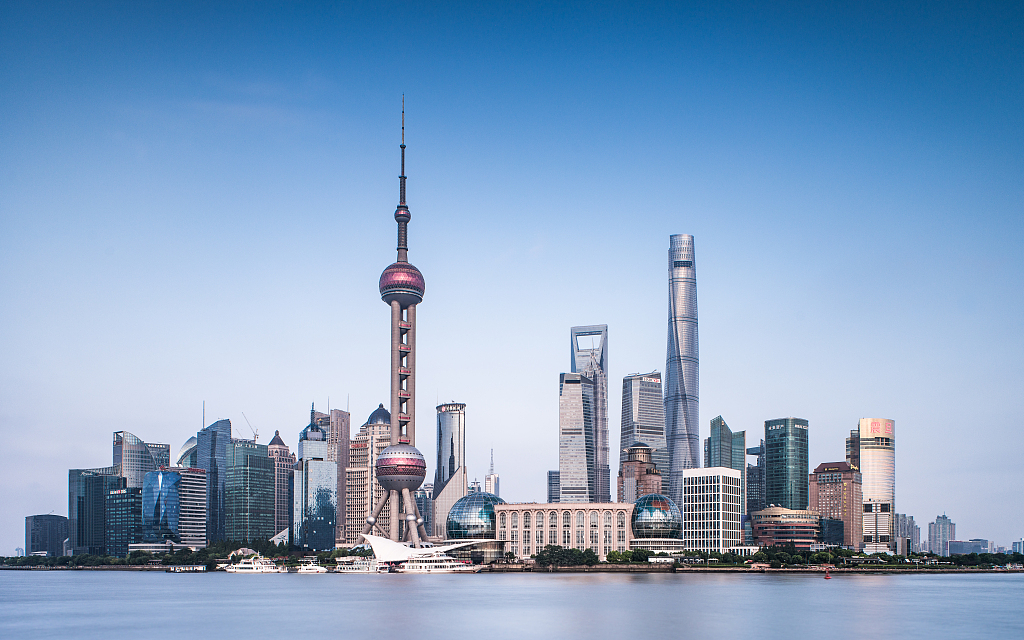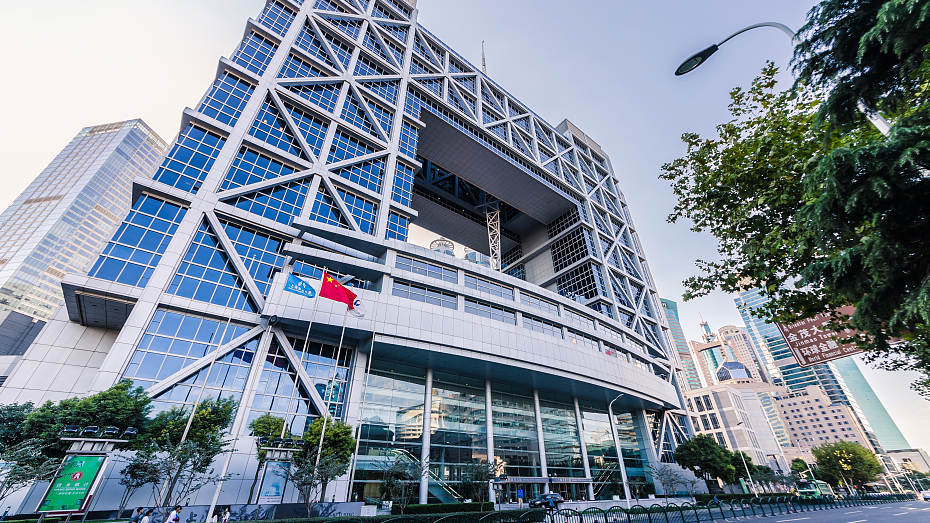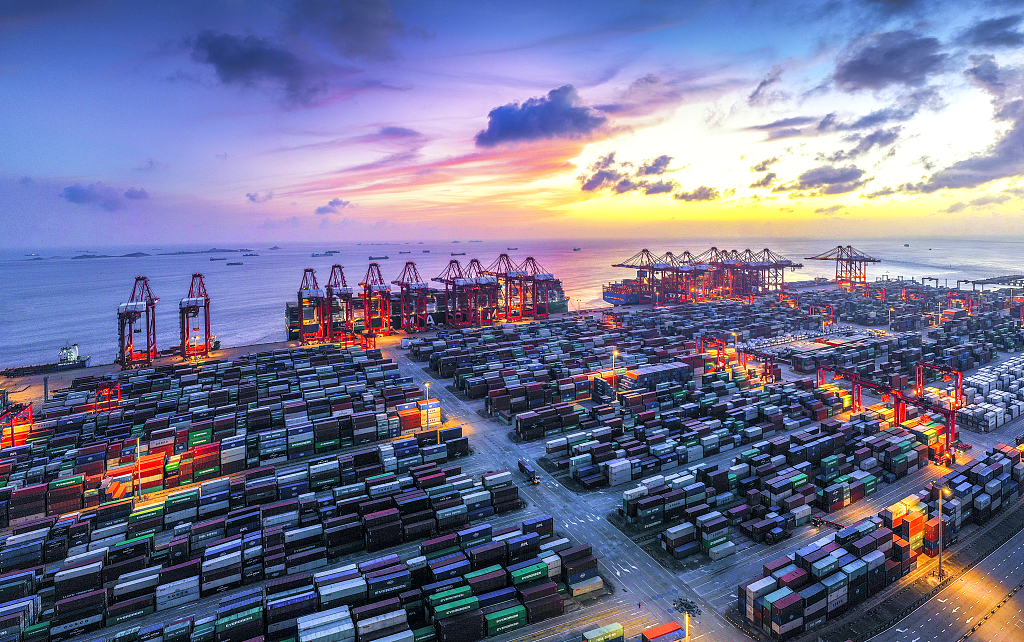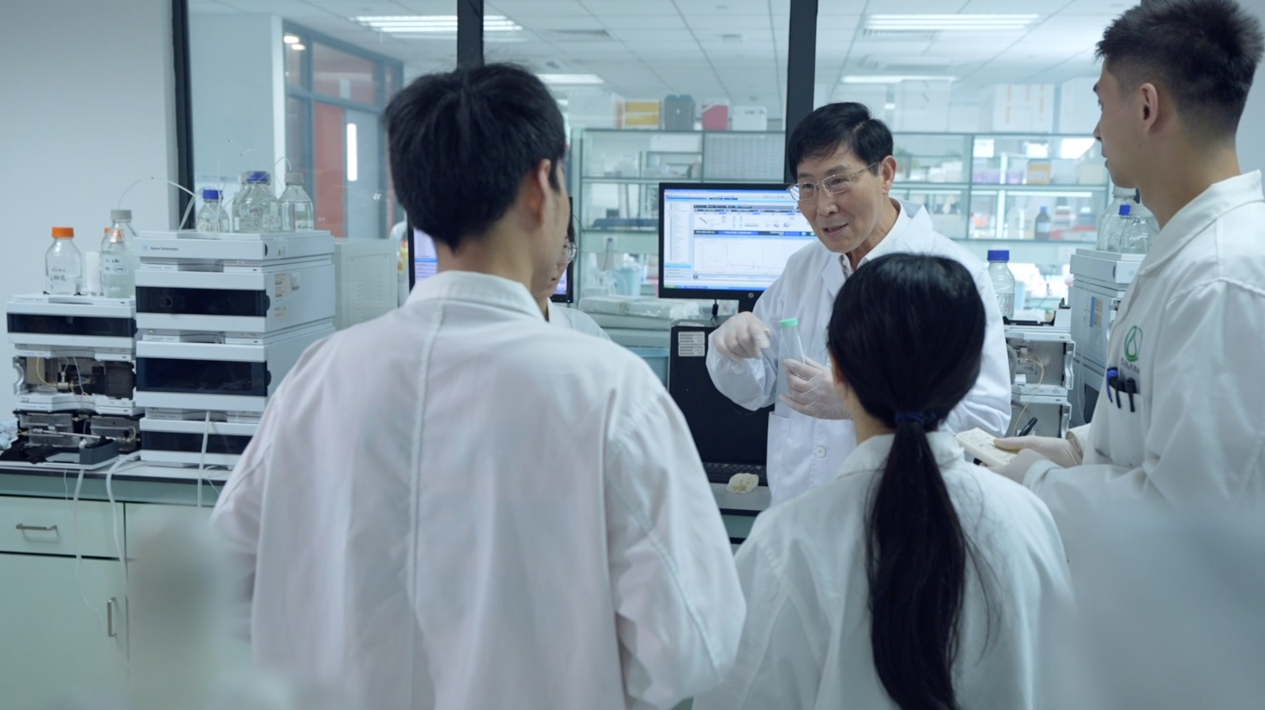09:41

Shanghai is one of China's most prosperous and open metropolises. In 1990, its Pudong New Area was earmarked as a pioneer district for a new development plan. The government wanted deeper reforms and a higher-level of opening-up to enhance the city's status and influence. It was part of China's continuous efforts to implement economic reforms across the country to remain competitive.
Fast forward to 2022, Pudong, east of the Huangpu River, has become the government's successful testing ground. What was once a suburb 30 years ago has transformed into a home for hundreds of local and international enterprises. It has even one of the most recognizable skylines on earth.

Shanghai's Pudong District has some of the world's most famous landmarks and skyscrapers. /VCG
Shanghai's Pudong District has some of the world's most famous landmarks and skyscrapers. /VCG
A remarkable addition to this horizon is the Shanghai Tower, the world's second-tallest building after Dubai's Burj Khalifa. I learnt that Chinese President Xi Jinping gave the green light to this project when he was the party chief of Shanghai. In 2018, he saw for himself the city's urban transformation, and has visited Shanghai five times since 2012. He said the evolution of this metropolis is a vivid example of China's growth under the reform and opening-up policy.
Pudong has made several achievements. It is home to China's first and one-of-its-kind financial district, Lujiazui. It boasts the Chinese mainland's first stock exchange, and the first pilot free-trade zone. In 1990, the district's GDP was only six billion yuan, or about $900 million. The number increased 250-fold to 1.53 trillion yuan ($242.75 billion) from 1990 to 2021.

Shanghai Stock Exchange is the third largest exchange in the world, with a market capitalization of 52 trillion yuan ($7.69 trillion) by the end of 2021. /VCG
Shanghai Stock Exchange is the third largest exchange in the world, with a market capitalization of 52 trillion yuan ($7.69 trillion) by the end of 2021. /VCG

CGTN Anchor Gasthoori Manickam (left) interviews Wesley Yang, deputy CEO of Standard Chartered China, one of the oldest international banks in the country. /CGTN
CGTN Anchor Gasthoori Manickam (left) interviews Wesley Yang, deputy CEO of Standard Chartered China, one of the oldest international banks in the country. /CGTN
Wesley Yang, deputy CEO of Standard Chartered China, told me it is convenient to do business in Shanghai. He said various industries have set up home in this district. They can communicate and collaborate with each other to improve their efficiency and maximize the capital return on their investments.
Pudong aims to become a global model of urban governance by 2050. Dong Yiwen, deputy director of Pudong, said the district will continue pursuing high-quality development, high-level reform and opening-up in the future.
And the key to this vision is innovation. I visited a smart port, 30 kilometers away from Shanghai. Yangshan Port has the biggest automated container terminal in the world, which helps to increase the efficiency of the port.

Yangshan Port is a part of the Port of Shanghai. It is one of the world's busiest deep-water port, with more than 80 international sea routes. /VCG
Yangshan Port is a part of the Port of Shanghai. It is one of the world's busiest deep-water port, with more than 80 international sea routes. /VCG
The core technologies, like big data and 5G network, in this terminal are all made locally. President Xi, in his visit in 2018, said he hopes the port can help Shanghai become an international shipping hub and turn China into a strong maritime nation.
Xia Yanhong, deputy director of Yangshan Customs, told me that the port handled about 170,000 TEUs (twenty-foot equivalent units) when it first went operational in 2005. The throughput was nearly 23 million TEUs in 2021. The development was remarkable.
Another innovative area in Pudong is drug research. I visited China's pharmaceutical valley at Zhangjiang National Innovation Demonstration Zone. I was told 17 percent of the country's new drugs are developed here.
Chen Kaixian, one of China's top scientists, said the country's progress in pharmaceutical research and development (R&D) is rapid. The number of new drugs developed in the world is about 60 to 70 in a year at most. China accounted for over 20 of them in 2021. He said he is glad to see China's huge progress in the number of new drugs, R&D capabilities, and clinical values.
Chen said cancer patients had to rely on imported medicines for a long time. But with progress in research, new drugs are expected to hit the market. Patients can have cheaper alternatives.

Chen Kaixian, academician of the Chinese Academy of Sciences, speaks to researchers at the Shanghai Institute of Materia Medica. /CGTN
Chen Kaixian, academician of the Chinese Academy of Sciences, speaks to researchers at the Shanghai Institute of Materia Medica. /CGTN
Such innovative breakthroughs are what make Pudong a success story. President Xi has called on Pudong to make more discoveries in key technologies. He has stressed that China should further deepen reform and expand opening-up with greater courage and create more "Stories of Spring". It's an interesting analogy. I was told that Chinese people associate spring with policies that have changed their lives.
As I walked around Pudong, I could feel the energy of this city. Shanghai is truly a city of change. I admired its strength and resilience to overcome challenges. I'm sure it will stay strong, as China continues to make Shanghai a frontline of its reform and opening-up.
(CGTN reporters Li Jiejun, Wu Guoxiu, Sun Tianyuan and Wan Hongjia also contributed to the story.)

